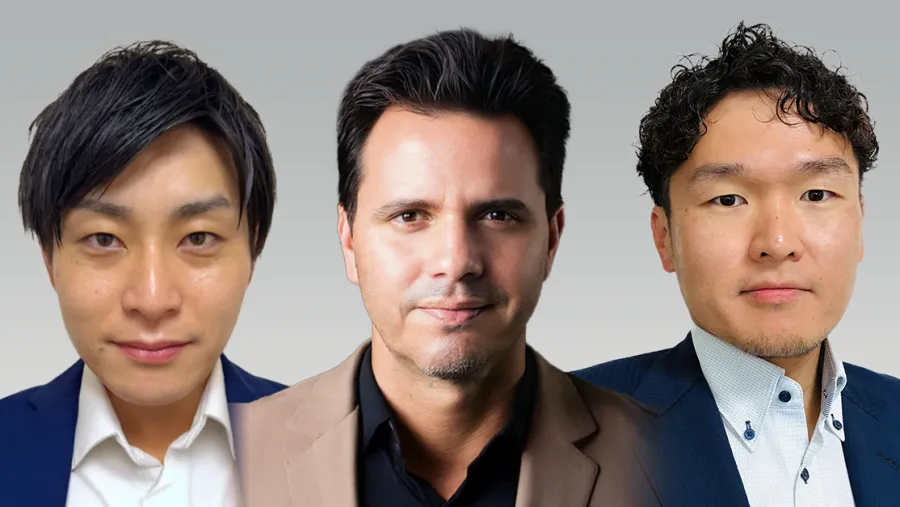
Sompo tests methane insurance as regulations tighten
Satellite monitoring and inspections help firms detect leaks and avoid fines.
Sompo Japan Insurance, Inc. is piloting methane insurance as regulators worldwide increase pressure on companies to track and cut emissions of the potent greenhouse gas.
The insurer has teamed up with Momentick Ltd., Sompo Risk Management Inc., and JGC Holdings Corp. to launch an insurance-linked methane detection service. The package combines satellite monitoring, on-site inspections, and financial cover to help clients detect leaks, meet reporting requirements, and avoid penalties.
“[Our] goal is reducing the risk of fines and other financial losses, such as in air, energy, and more,” Keisuke Yano, senior deputy manager at Sompo. “Next is protecting the safety of employees and the local community by preventing the leakage and spread of high-concentration mechanisms,"
Momentick’s satellite platform pinpoints emissions around insured assets and generates reports that Sompo can use for underwriting. JGC provides drone and on-site surveys for operators needing more granular data.
Sompo said the service supports companies aiming to comply with the Global Methane Pledge, which targets a 30% cut in methane by 2030. Though the product is untested, the firm sees growth potential in Europe and North America, where oversight is expanding.
“Last year, we had a lot of activity in France, so we invested there, and we would like to provide this branch and provide solutions to companies not only in Japan but also overseas,” Yano said via Zoom.
The European Union adopted binding methane rules in April 2024 requiring companies to measure, report, and verify emissions under the OGMP 2.0 framework. The same standards apply to oil, gas, and coal imports into the EU.
“This impacts not only the EU but also other countries such as Qatar, Norway, the UK, and Algeria,” Takahiro Okazaki, programme manager for GHG management at JGC, said in the same Zoom call.
He noted that more than 140 companies in 70 countries have joined OGMP 2.0, covering 40% of global oil and gas production and 80% of traded energy.
In Southeast Asia, Malaysia’s Petroliam Nasional Berhad, Indonesia’s PT Pertamina, and Thailand’s PTT Public Co. Ltd. are signatories, whilst in Japan, only one company has joined.
Okazaki said Sompo’s product helps firms finance compliance. “Sompo’s insurance services are a good driver to enhance abatement because clients often struggle to secure budgets,” he said. “If Sompo can work with them from the insurance side, it creates another budget source. This can be very helpful for clients,”
Sompo is also testing a clause linking payouts to leak detection. “The rule is detecting emissions exceeding a certain threshold. For example, 1,000 kilogrammes per hour, and then we pay insurance money as countermeasure costs,” Yano said.
Momentick processes data from nine satellite constellations with artificial intelligence to deliver live reports.
“We can provide companies with frequent emission reports,” Momentick CEO Daniel Kashmir said. “It’s not only about what happened today or yesterday. We have data on assets worldwide going back seven years,”
Okazaki said methane’s warming effect is 28 times stronger than carbon dioxide in the short term, and 84 times over 20 years.
“At least at this stage, there is no market for it,” he said of methane-linked premiums. “But we are sure that in five years there is a possibility to expand this market because of new regulations,”
The partners are also exploring coverage for nitrogen oxides and other gases, extending the scope of insurance-based emission management.
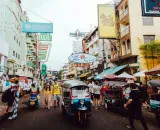

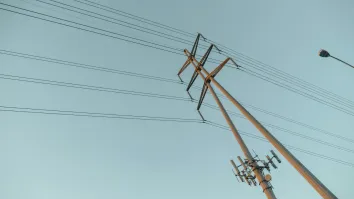
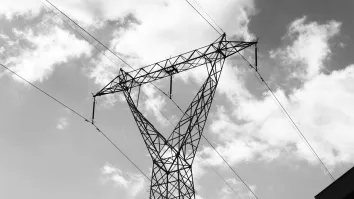
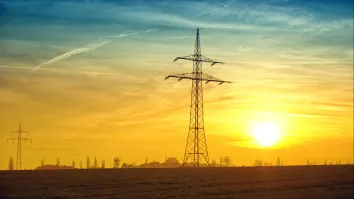
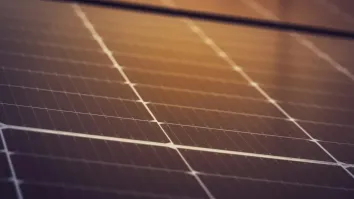
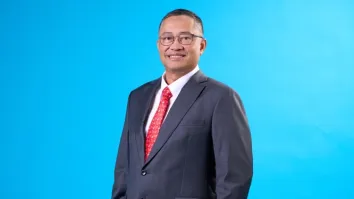
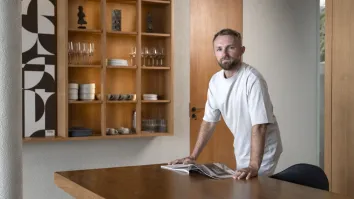
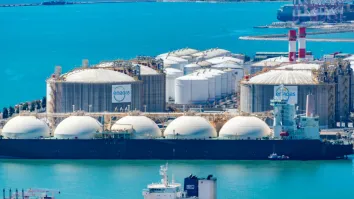
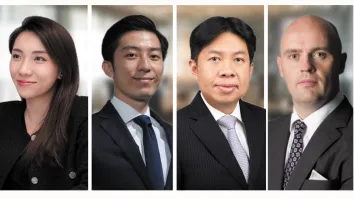
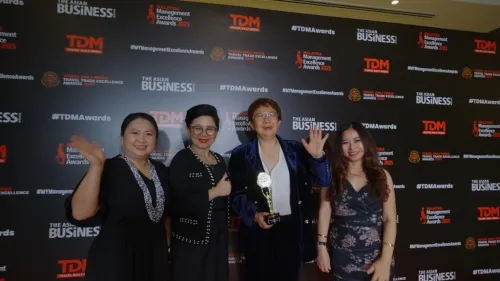
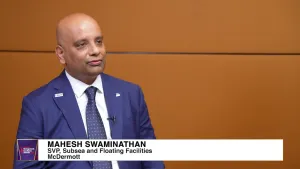
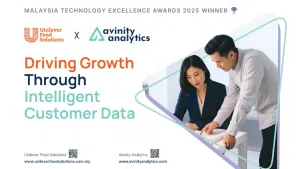
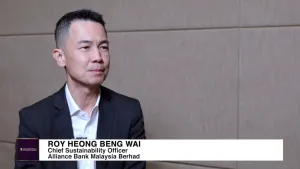
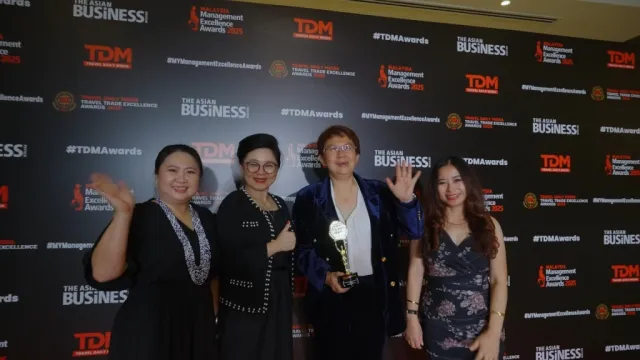
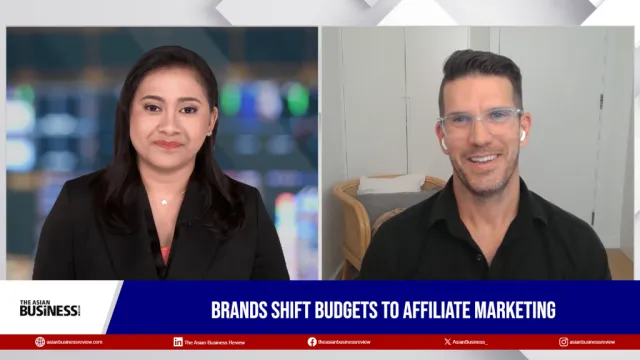
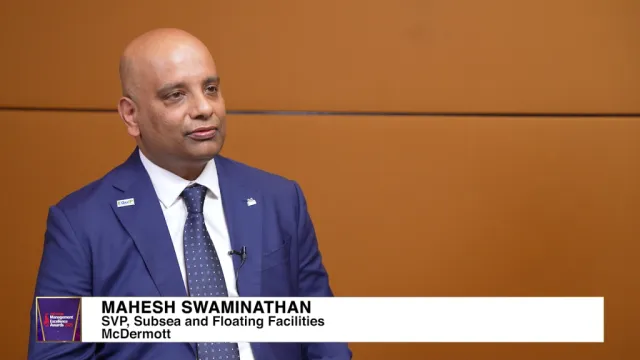
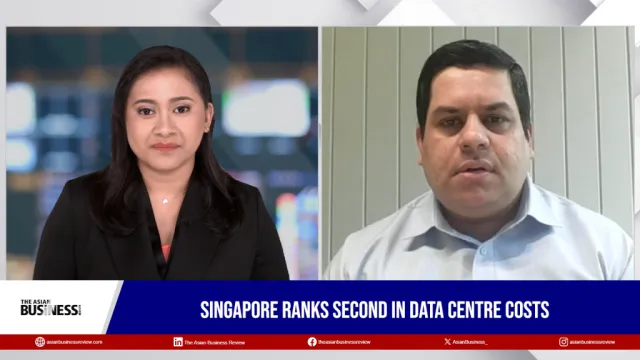
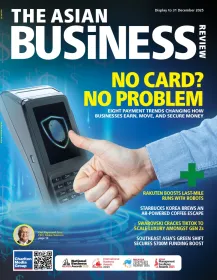
 Advertise
Advertise









